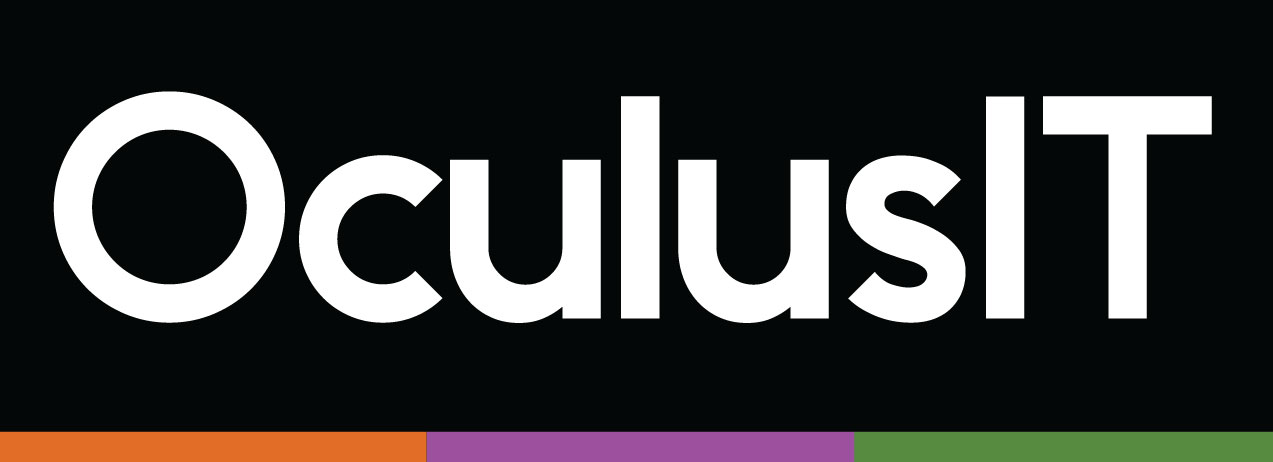Top Priorities for CIOs in Higher Education: Leveraging Emerging Technologies
April 21st, 2025
“85% of higher education CIOs consider total cost of ownership one of the top three factors when selecting technology vendors.”
Rising costs. Expanding digital expectations. Shrinking budgets. For today’s higher education CIOs, especially those serving resource-constrained institutions, the equation is growing more complex and urgent. As digital transformation accelerates across the academic landscape, leaders are no longer asking whether to invest in emerging technologies, but how to do so strategically, affordably, and with maximum impact.
The following technology priorities are reshaping the way higher ed institutions serve students, secure systems, and strengthen outcomes.
1. Embracing Artificial Intelligence for Personalized Learning
Artificial Intelligence (AI) has transitioned from a futuristic concept to a practical tool in higher education. Institutions are leveraging AI to provide personalized learning experiences, automate administrative tasks, and offer real-time academic support. AI-driven platforms can analyze student performance data to tailor educational content, thereby enhancing learning outcomes and retention rates.
By implementing AI-powered tutoring systems and predictive analytics, institutions can identify at-risk students early and provide targeted interventions, fostering academic success and equity across diverse student populations.
2. Strengthening Cybersecurity Measures
With the increasing digitization of educational resources and student data, cybersecurity has become a paramount concern for CIOs. Protecting sensitive information from cyber threats requires a proactive approach, including regular security audits, employee training, and the adoption of advanced security technologies.
Institutions operating with limited IT budgets can benefit from cost-effective security strategies such as consortium-based initiatives or shared services to optimize protection while minimizing resource strain.
3. Optimizing Cloud Computing for Operational Efficiency
Cloud computing offers scalable and flexible solutions for higher education institutions seeking to modernize their IT infrastructure. By migrating to cloud-based systems, colleges can enhance data accessibility, support remote learning, and reduce maintenance costs.
Cloud adoption also enables seamless integration of various educational tools, promoting a cohesive digital learning environment and improving service delivery for hybrid or non-traditional learning models.
4. Implementing Data Analytics for Informed Decision-Making
Data analytics empowers institutions to make evidence-based decisions by providing insights into student performance, resource allocation, and program effectiveness. By harnessing data, CIOs can identify trends, forecast enrollment patterns, and assess the impact of academic interventions.
These insights help institutions align academic offerings with workforce demand and continuously refine strategies for improved student outcomes.
5. Enhancing Student Engagement through Technology
Engaging students in a digital age requires innovative approaches that integrate technology into the learning experience. Interactive platforms, mobile applications, and virtual reality tools can enrich curriculum delivery and foster active participation.
Mobile-friendly learning management systems and digital engagement tools also support flexible learning experiences, accommodating students across different schedules, learning styles, and geographic locations.
6. Fostering Strategic Partnerships with Technology Vendors
Selecting the right technology partners is crucial for successful digital transformation. CIOs must evaluate vendors based on their ability to deliver cost-effective, scalable, and secure solutions that align with institutional goals. According to Gartner’s 2025 CIO Agenda, a significant number of CIOs consider total cost of ownership as a critical factor when choosing vendors.
Partnerships built on long-term value, adaptability, and support can help institutions implement technology with confidence while maximizing return on investment.
At OculusIT, we are committed to supporting higher education institutions in navigating the evolving technological landscape. Our comprehensive IT solutions are designed to meet the unique challenges of colleges and universities ensuring that technology serves as a catalyst for academic excellence and student success. Contact us today to learn more.





